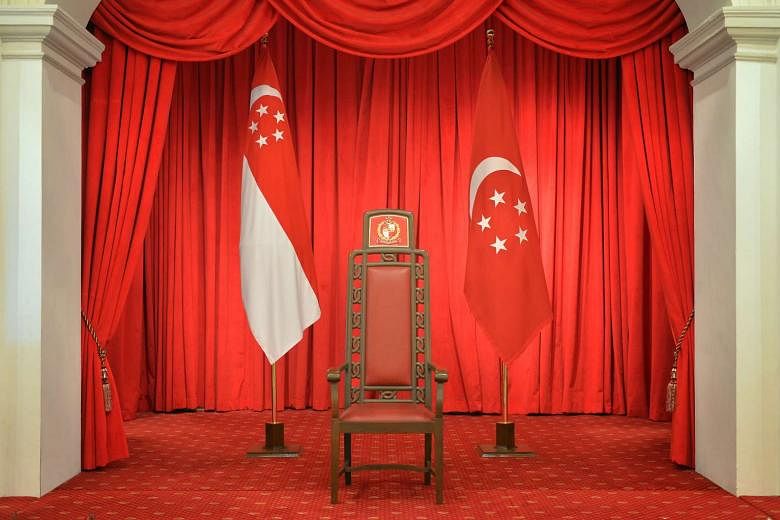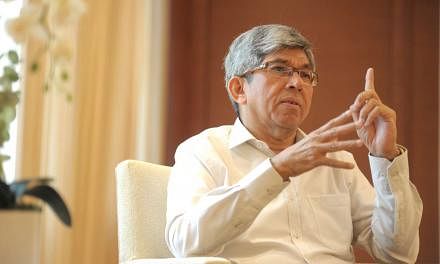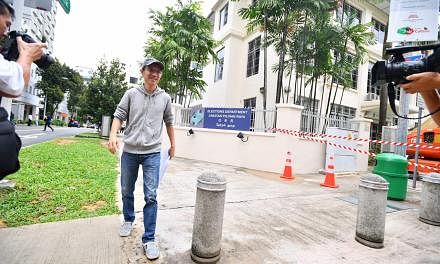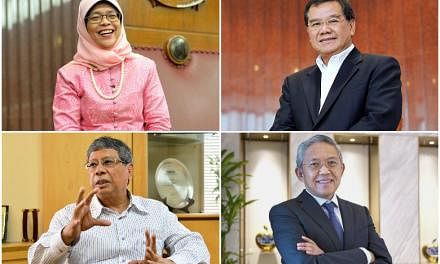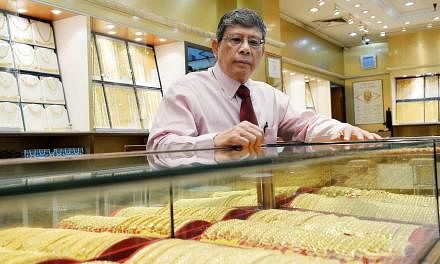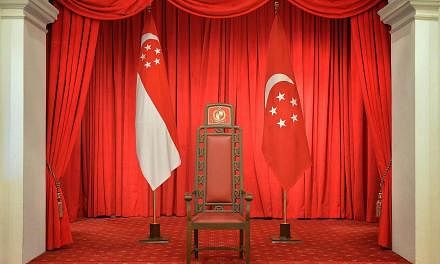The Nomination Paper for the presidential election will be revised to include a declaration that prospective candidates must sign, stating that they have read an explanatory note provided by the Returning Officer, and that they understand the president's role under the Constitution.
The Elections Department said this ensures that candidates will not be drawn to making statements or promises which exceed the role of the president.
Here is the text of the note.
EXPLANATORY MATERIAL ON ROLE OF THE PRESIDENT
1. Head of State
1.1. Singapore's system of government is established by the Constitution.
1.2. Under the Constitution, the President is the Head of State. The Prime Minister is the Head of Government and together with the rest of the Cabinet has the direction and control of the Government.
1.3. As the Head of State, the President is the symbol of national unity and presides over important national events, such as the National Day Parade and the Opening of Parliament. The President also represents Singapore at the highest levels in international relations.
1.4. The President cannot be a member of a political party, and stands above party politics.
2. How the President works with Parliament and the Cabinet
2.1. The Cabinet has the general direction and control of the Government. It makes and implements policies. The Cabinet is led by the Prime Minister, who must command the confidence of Parliament. The Cabinet as a whole is collectively responsible to Parliament. Parliament, in turn, is responsible for scrutinising and passing legislation. The Cabinet and Parliament are ultimately accountable to the electorate for the laws and policies that they make.
2.2. Under the Constitution, the President is required to act on the Cabinet's advice in exercising his functions, except in specific areas where the Constitution empowers the President to act in his discretion. For example, the President is generally required to act on the Cabinet's advice in assenting to Bills passed by Parliament; the President is likewise required to act on the advice of the Cabinet when deciding on clemency petitions.
3. The President's custodial functions
3.1. The Constitution confers on the President a number of custodial powers. These powers enable the President to veto certain proposed measures, notwithstanding the advice tendered by the Cabinet. These custodial powers fall into three broad categories.
3.2. The first category concerns Singapore's past reserves (that is, the reserves which were not accumulated during the present term of the Government). The President is empowered to veto measures taken by Parliament or the Government if he considers that they would draw on the past reserves. For example, the President can refuse to assent to a Supply Bill passed by Parliament if he considers that the Bill would draw on the Government's past reserves. The President's powers extend to key statutory boards (CPF Board, HDB, MAS and JTC) and key Government companies (Temasek and GIC). The President can disapprove the budgets and transactions of these entities if he considers that they draw on the entities' past reserves.
3.3. The second category concerns the Public Service. The President can veto appointments to key public offices, including the Chief Justice and the Judges of the Supreme Court; the Chiefs of Defence Force, Army, Navy and Air Force; the Attorney-General; and the Public Service Commission and Legal Service Commission. The President can also veto the removal of an individual from these appointments.
3.4. The third category serves a protective function. The President can authorise an investigation by the Director of the Corrupt Practices Investigation Bureau if the Prime Minister refuses to give such authorisation. The President's concurrence is required for a person to be detained under the Internal Security Act (ISA) if the ISA advisory board recommends against the detention. The President can also cancel or vary a restraining order made under the Maintenance of Religious Harmony Act if the Cabinet's advice was contrary to the recommendation of the Presidential Council for Religious Harmony.
3.5. In exercising the first two categories of custodial powers, the President must consult the Council of Presidential Advisers. If the President exercises a veto contrary to the recommendation of the Council, Parliament can choose to overrule the President. A motion to overrule the President must be supported by no less than two-thirds of the total number of MPs (excluding nominated MPs).
